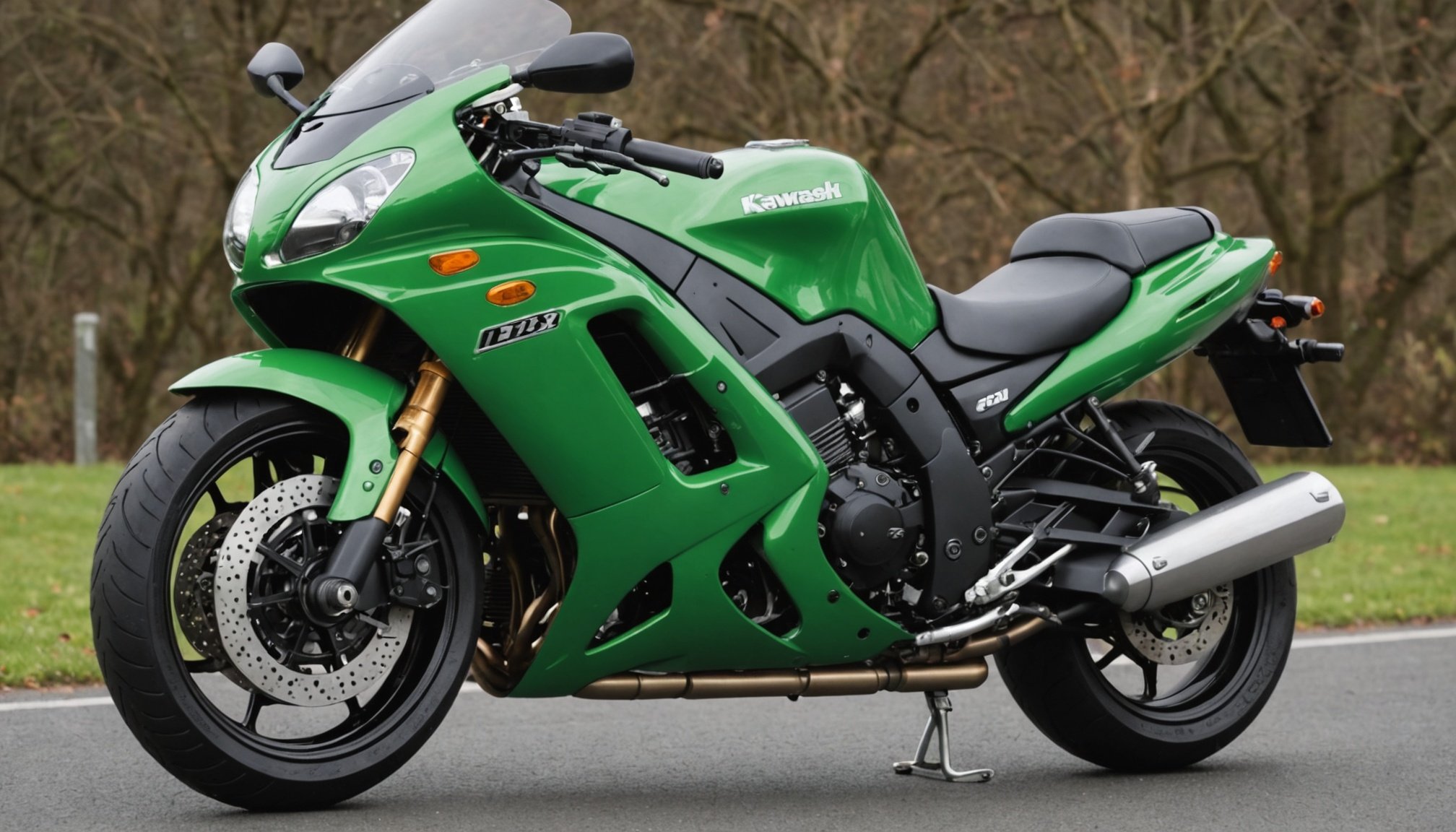Replacing the foot pegs on a motorcycle is an essential part of bike maintenance, ensuring the rider’s comfort and safety. In particular, we will be focusing on the Kawasaki ZZR1400, a motorcycle that is heralded for its speed, power, and design. Our goal is to give you a step-by-step guide on how to change the footpegs on this particular model and what parts you will need for the process. We will also be considering aspects like suspension, clearance, and the front fork, which are crucial to the overall functionality of the bike.
Choosing the Right Foot Pegs
Before we delve into the replacement process, it’s important to understand what kind of foot pegs you should be looking for. Several factors come into play, including the type of bike you have, the kind of riding you do, and your personal preference.
In parallel : What are the potential drawbacks of installing aftermarket brake pads on a Yamaha R1?
When buying replacement foot pegs, make sure to choose parts specifically designed for your Kawasaki ZZR1400. This will ensure a perfect fit and maintain the bike’s balance and stability. Brands like Yamaha and Suzuki produce foot pegs with different features, such as adjustable positions, extra grip, and even vibration reduction.
Depth of tread, width, and material are also important factors. A wider peg gives you a larger platform to stand on, which can be beneficial for off-road riding. Stainless steel or aluminum foot pegs provide durability and can withstand the shock of rough riding.
Also to see : How can I diagnose electrical issues in a Triumph Tiger 800 XC?
Preparing for Replacement
After purchasing the right foot pegs for your bike, it’s time to get ready for the replacement process. You’ll need a motorcycle stand or lift to provide clearance and stability during the process. Besides, having a specific set of tools is crucial. A standard tool kit for motorcycle maintenance should include a range of spanners and sockets, pliers, screwdrivers, and an adjustable wrench.
Before starting, it is advised to clean the area around the foot pegs, as dirt and grime could get into the threads and cause issues later on. You can use a shop rag and a mild cleaner to remove dirt from the bike’s bottom and peg posts.
Removing the Old Foot Pegs
Once you have cleaned the area and gathered all your tools, you can begin with the removal of the old foot pegs. Start by locating the pivot bolt that holds the foot peg in place. This bolt runs through the center of the peg and links it to the frame of the bike.
Using the appropriate size socket or spanner, loosen and remove this bolt. Be careful not to exert too much force, as this could potentially damage the threads. Once the bolt is removed, the foot peg should slide out easily.
Take note of how the spring and washer are positioned before removing them. It will help when it comes to installing the new foot pegs.
Installing the New Foot Pegs
Now that the old foot pegs have been removed, you can proceed with the installation of the new ones. Slide the new footpeg onto the peg post, ensuring it is positioned correctly.
Reattach the washer and spring in the same configuration as they were previously. These parts play a vital role in allowing the foot pegs to return to a horizontal position after being depressed, so it’s crucial they are installed correctly.
Then, reinsert the pivot bolt and use a spanner or socket to tighten it. However, be careful not to over-tighten, as this could damage the foot peg or the frame.
Testing the New Installation
After completing the installation, it’s time to test the newly installed footpegs. Press down on the pegs to make sure they return to their original position. Check the bolt to ensure it is secure and that there is no unnecessary movement in the pegs.
Finally, take the bike for a short ride to test the comfort and functionality of the new foot pegs. Pay attention to any changes in the bike’s handling, particularly when leaning into turns, as this can be affected by the position of the footpegs.
Remember, safety is paramount when riding a motorcycle. If you’re in any doubt about the installation process, it’s always best to consult with a professional.
Adjustments and Compliance with the ZZR Shock
Moving on to the next stage, we need to consider the zzr shock fitting of your Kawasaki ZZR1400. The footpegs’ position in relation to the ground clearance and the zzr shock is crucial for the motorcycle’s overall performance.
First, carefully inspect your bike’s zzr shock and ground clearance. If there are no issues, you can proceed with peg installation. However, if there’s a need for adjustments, it would be wise to consult with a processing company or a professional mechanic who is experienced in handling such matters – especially for a high-performance motorcycle like the Kawasaki ZZR1400.
The foot pegs should be cnc machined for accuracy, ensuring a perfect fit for your bike. Most foot pegs are designed with a certain degree of adjustability to accommodate different riding styles and preferences. The position of the foot pegs can affect the bike’s handling, particularly when leaning into turns.
The terms link or the link between the foot pegs and the zzr shock has to be firm and inflexible to ensure the stability of the motorcycle. This is a critical point to remember. Any wobbling or unnecessary movement could indicate an issue with the foot peg or the terms link. Therefore, it is crucial to ensure that the foot pegs are fitted tightly and securely.
Final Checks and Conclusions
In conclusion, replacing the foot pegs on your Kawasaki ZZR1400 is not an overly complicated process. However, it does require attention to detail, the correct tools, and a basic understanding of motorcycle mechanics.
After you have finished the installation, thoroughly inspect the work you have done. Use this opportunity to check other aspects of the bike as well, such as the front fork springs. For Kawasaki ZZR1400, the front foot pegs and fork springs should be in perfect alignment.
While the process can be completed by the owner, it is advised to have the installation checked by a professional mechanic or a third party to ensure everything is installed correctly and safely. There are many processing companies that offer this service.
If you have replaced your footpegs as part of a larger overhaul of your bike, you might also want to consider using google ads to sell your old parts. You can tag the parts with a description, such as "used Kawasaki ZZR1400 parts" and post the ad on a company google platform.
Replacing foot pegs can significantly improve the overall riding experience. It can enhance comfort, improve control, and even potentially increase ground clearance slightly. However, the critical point to remember is that safety should always be the priority.
From choosing the right foot pegs to testing the new installations, each step plays a crucial role in ensuring the proper functioning of your bike. So, take your time, do your research, and if in doubt, always consult a professional.











